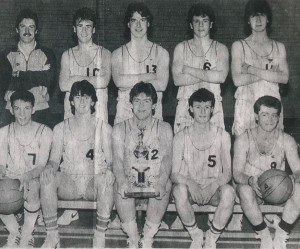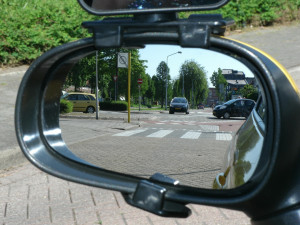Designing a customer service charter to grow sales
Designing a customer service charter to grow sales
“It’s been a long time since I rock and rolled
It’s been a long time since I did the stroll
Ooh let me get it back, let me get it back
Let me get it back, baby, where I come from”
It’s been so long since I’ve posted content on this site that I’ve had to resort to borrowing some lines from Led Zeppelin.
It was that or use Chat GPT.
To be honest that’s partly why I haven’t kept up with posting on my blog – it felt like I was chasing the algorithm rather than adding any kind of value through this space.
4 years ago, I began work with an enterprise-scale organisation, initially with the sales team from a sales coaching and training perspective and a little bit of strategic direction too.
That relationship then morphed into a customer service project, the beginning of which was halted by the pandemic.
The company employs over 400 staff at locations across the north of Ireland –a large organisation that had grown without fully focusing on how they engaged with their customers across a number of touchpoints.
It was clear that they would not grow the business through customer acquisition alone – that they needed to reduce the churn rate and expand their sales with existing customers.
A.R.E.
Acquisition.
Retention.
Expansion.
The company had designed a growth strategy based on delivering value through enhanced customer service.
We had to benchmark existing customer service and then determine what ‘better’ might look like.
The project began with a mystery shop exercise, calling all locations with simple requests for information or sales and recording the outcomes.
Very soon a worrying picture emerged – no consistency in anything, long waiting periods on calls, curtness from some, ambivalence from others and some examples of excellence.
The exercise reenforced what we had already expected rather than exposing anything new and after documenting the results the findings were presented to the management team and company-wide workshops held, to gently break the news to the unsuspecting staff.
From the workshops, a steering group was created with a brief to re-write what good customer service should look like.
The resulting customer service charter was launched in January 2024.
The charter has two key drivers:
– it explains to staff what is expected from them and how they should behave with customers, how important their work is to achieving corporate success
– it explains to customers the agreement they are entering into and that good customer service is a cornerstone of the customer value proposition and that it’s a 2-way street
A long story told very short, a business with multiple locations throughout the north has changed entirely the way it seeks to do business with its customers.
From a transactional sales process the business has moved to one where the customer is genuinely kept central to everything that they do.
Designing a customer charter is a clear statement of intent from an organisation that understands the value of loyalty and reciprocity – customer loyalty isn’t about your customers being loyalty to you, it’s about you being loyal to each other.







